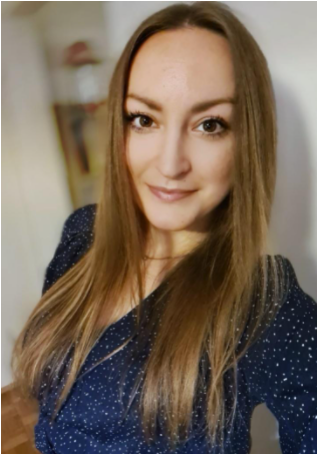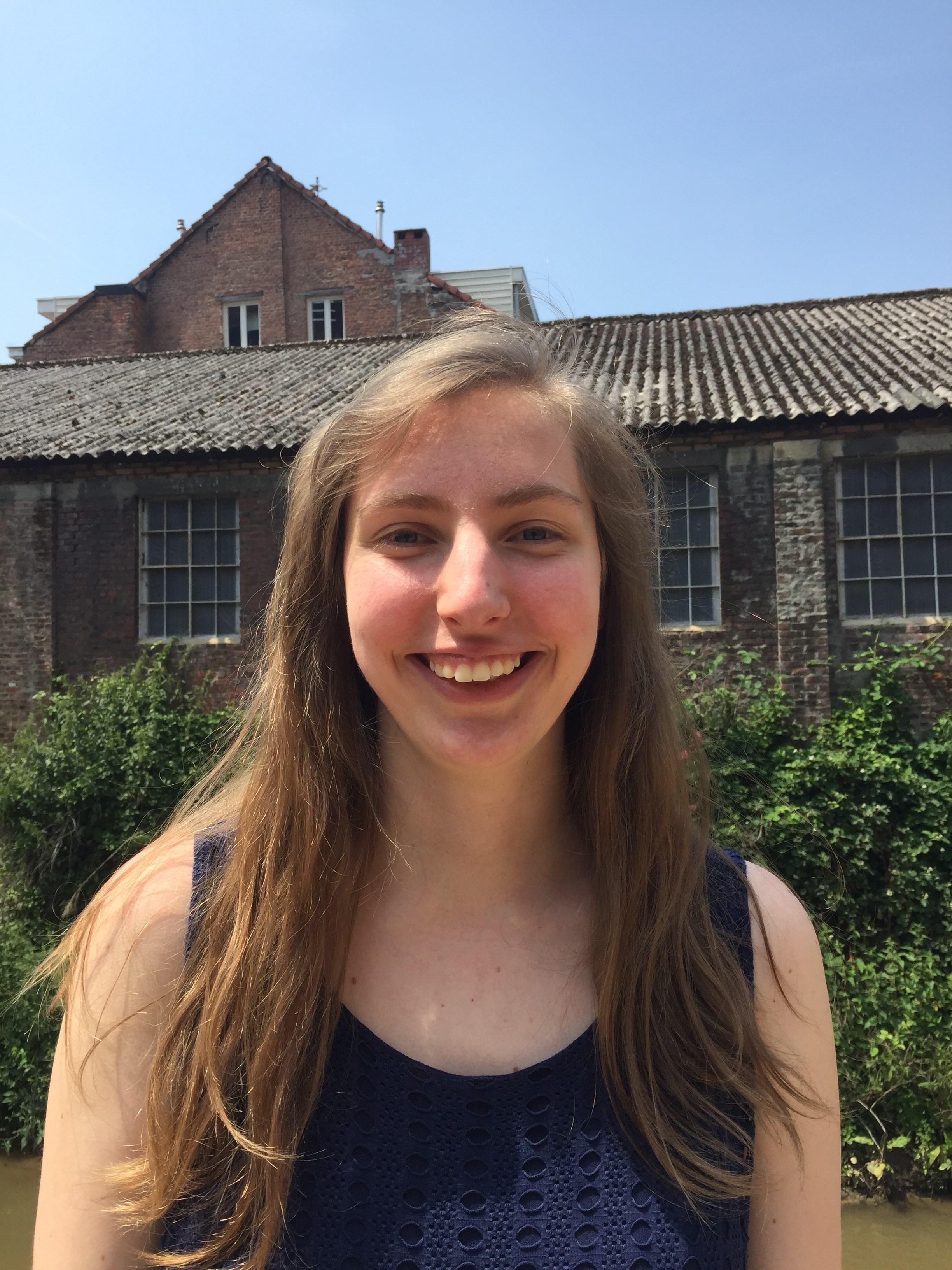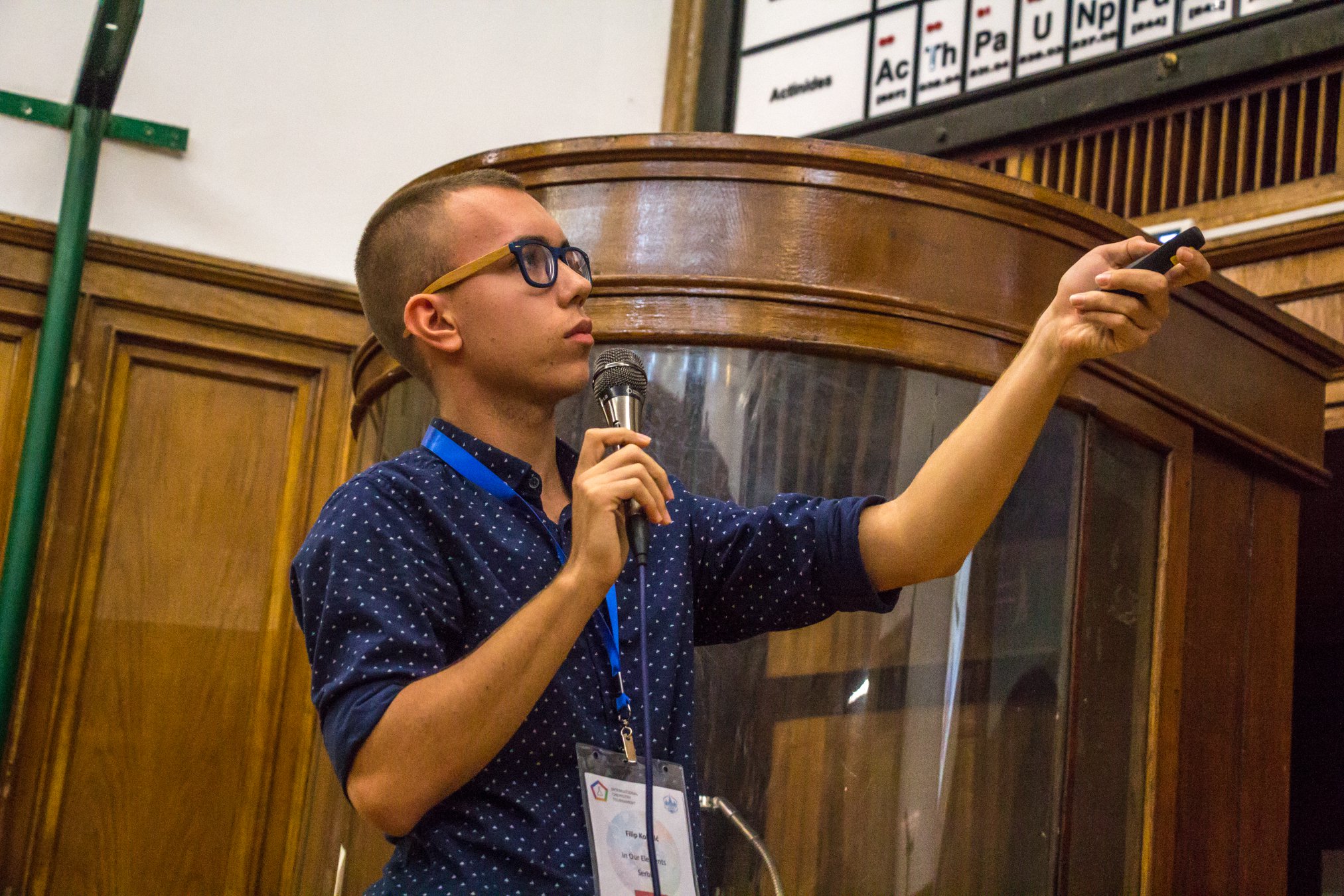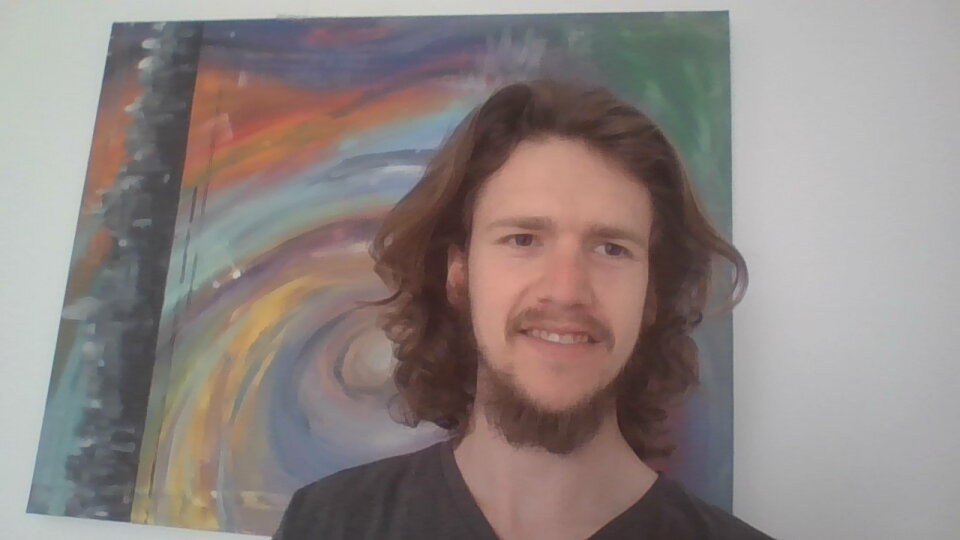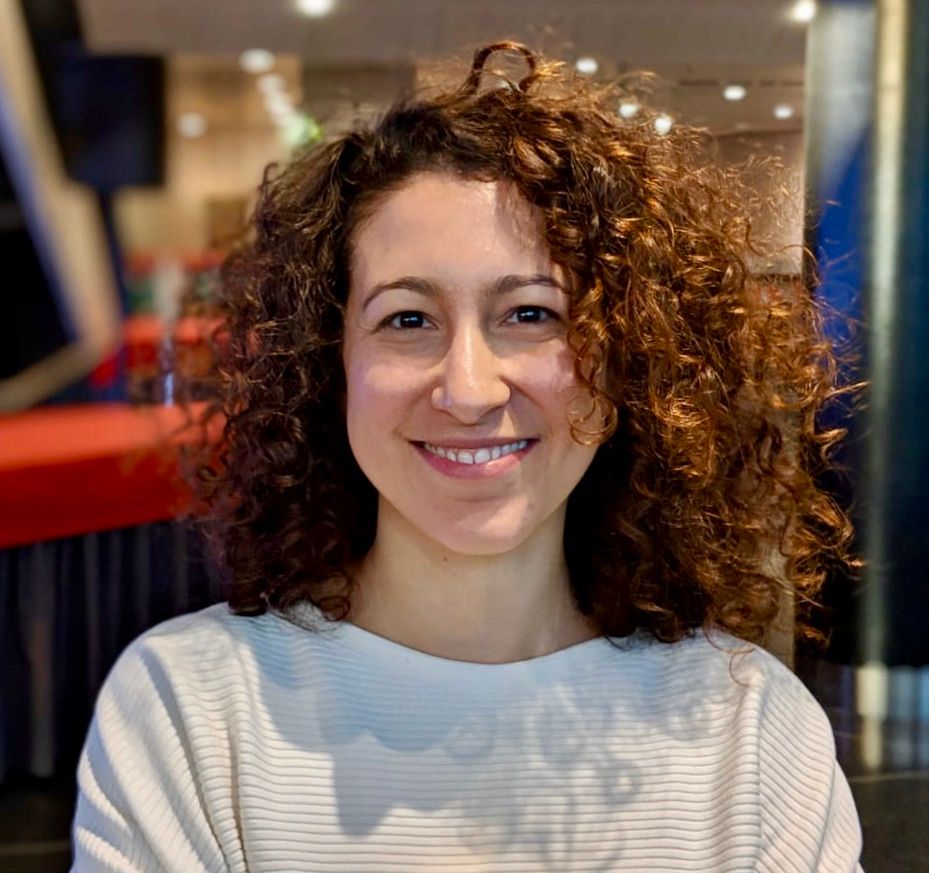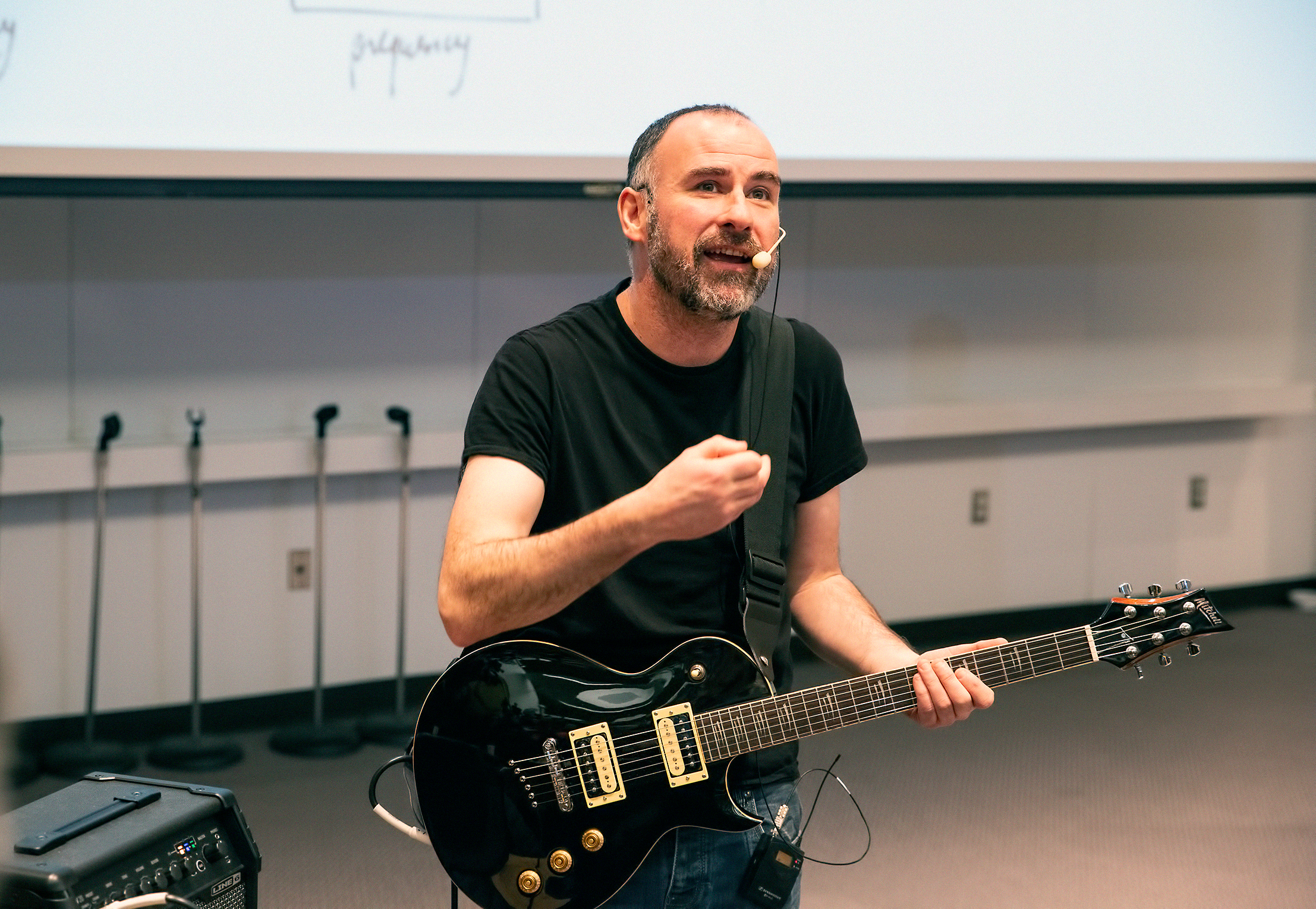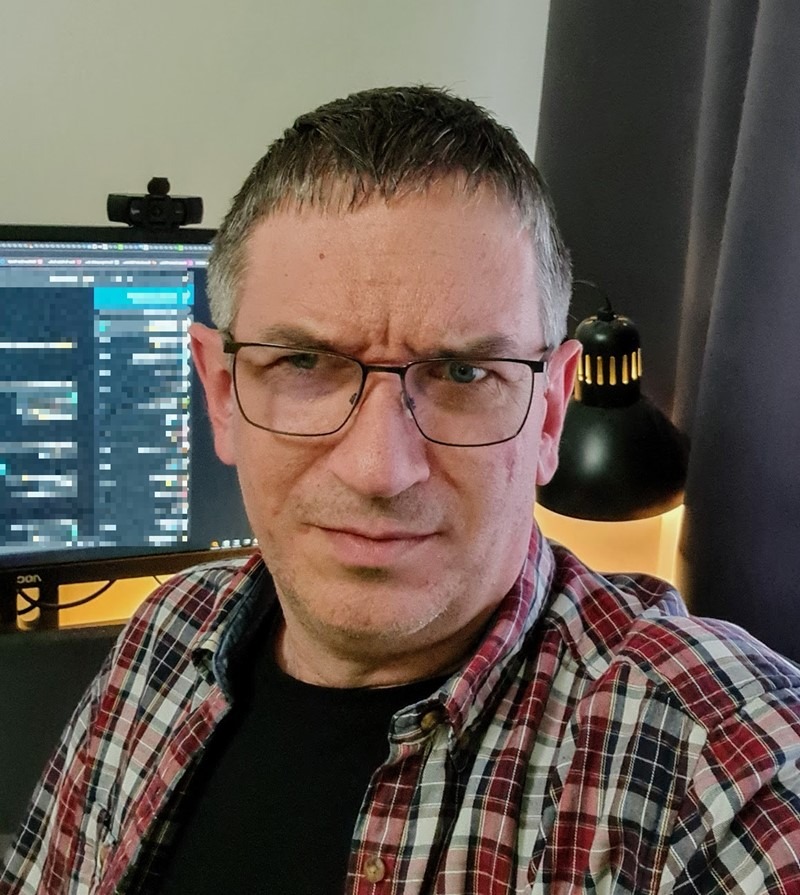Projects
Cancer: what is it and how do we study it
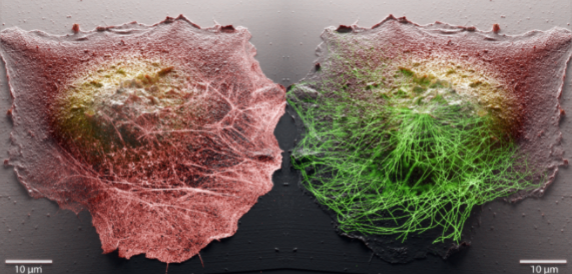 Mutations happen all the time – they are drivers of evolution, and most are benign or meaningless. However, we all know that mutations can cause serious issues. Cancer is one such disease, and a leading cause of death worldwide. Therefore, substantial collective efforts are taken to improve our understanding of the disease and to develop new means of prevention, detection, and treatment. Cancers arise from normal cells in our bodies and, based on the affected tissue, can be divided into different types. One type of cancer is melanoma, the most dangerous kind of skin cancer, which arises from a malignant transformation of pigmented cells in the skin, melanocytes.
Mutations happen all the time – they are drivers of evolution, and most are benign or meaningless. However, we all know that mutations can cause serious issues. Cancer is one such disease, and a leading cause of death worldwide. Therefore, substantial collective efforts are taken to improve our understanding of the disease and to develop new means of prevention, detection, and treatment. Cancers arise from normal cells in our bodies and, based on the affected tissue, can be divided into different types. One type of cancer is melanoma, the most dangerous kind of skin cancer, which arises from a malignant transformation of pigmented cells in the skin, melanocytes.
In this project, we will explore what it is about cancer cells that distinguishes them from normal cells and makes cancer so deadly. Using melanoma as an example, we will learn how to approach questions in the field. We will discuss the importance of preclinical models in cancer research and the available methods of testing our hypothesis. During this project, to enable us to test our hypothesis, you will get first-hand experience with standard experimental methods in molecular biology. Specifically, we will learn how to extract ribonucleic acid (RNA) from melanoma cells and test the expression of our gene of interest using polymerase chain reaction (PCR) based techniques. Finally, we will assess the role of that gene on melanoma tumor growth in an in silico (computer-based) experiment.
Katarina Pinjusic
École polytechnique fédérale de Lausanne, Swiss Institute for Experimental Cancer Research, Doctoral Program in Molecular Life Sciences
Katarina is a PhD candidate at the Swiss Federal Institute of Technology in Lausanne. She is an experimental biologist and a passionate researcher in cancer biology and immunology. Katarina is active in promoting equal opportunities in science and science in general. Hence, she was happy to take the opportunity to share her enthusiasm with the Summer School of Science. In her free time, Katarina enjoys traveling, hiking, reading, sports, and socializing.
From A, C, T & G to 3D – using computers as our microscopes
 Ah, viruses, the one topic we all learned about over the past couple of years. But did you know that not all viruses are our enemies? I’m talking about phages: viruses that infect and kill bacteria, but do no harm to humans. These phages are very interesting, and we can learn a lot from them. We could ask: how do they fight bacteria? Can we use the same mechanisms as a new therapy? Or use the phages as a whole in treatments? Especially in times like these, with a strong rise in multi-drug resistant bacteria, this type of research is highly relevant. But how well do we know phages, and how can we get to know them even better?
Ah, viruses, the one topic we all learned about over the past couple of years. But did you know that not all viruses are our enemies? I’m talking about phages: viruses that infect and kill bacteria, but do no harm to humans. These phages are very interesting, and we can learn a lot from them. We could ask: how do they fight bacteria? Can we use the same mechanisms as a new therapy? Or use the phages as a whole in treatments? Especially in times like these, with a strong rise in multi-drug resistant bacteria, this type of research is highly relevant. But how well do we know phages, and how can we get to know them even better?
In this bioinformatics project, we will zoom in on multiple snippets of DNA encoded by a phage. We will try to decipher the function of these pieces, so that we can learn more about this phage. First, we will look at what we can learn from the DNA itself. Then, we will focus on the protein encoded on this piece of DNA. For that, we will use our computational microscope: a new algorithm that allows us to predict the shape of a protein. You will get familiar with many new bioinformatics tools, learn about the power of good visualization and do some coding. You will also gain insight into viruses and molecular biology.
Hannelore Longin
PhD student at KU Leuven, Belgium
Hannelore is a first year PhD student from Belgium, who left the wet lab after her bachelor in biomedical sciences, to pursue a master in bioinformatics. In her research, she is using computational methods to gain 3D insight into the molecular biology of bacteria and their enemies, phages. Outside of the lab, she likes to go for a run or a hike, bake sweets and is an avid reader.
Using waste material for purifying wastewaters
 Rapid economic development is followed by the development of the textile industry. A great problem of today, which is well known, but not properly addressed, is the increasing amount of wastewaters being released into the environment. Synthetic dyes, which those wastewaters contain, can be toxic for both aquatic organisms and humans. Today, there are many known wastewater treatment techniques. However, the development of more efficient and cost-effective methods is still in progress. Another huge problem is biological waste produced in industry, such as the beer industry. There are large amounts of brewer’s yeast which are, after a certain time, being disclaimed as waste.
Rapid economic development is followed by the development of the textile industry. A great problem of today, which is well known, but not properly addressed, is the increasing amount of wastewaters being released into the environment. Synthetic dyes, which those wastewaters contain, can be toxic for both aquatic organisms and humans. Today, there are many known wastewater treatment techniques. However, the development of more efficient and cost-effective methods is still in progress. Another huge problem is biological waste produced in industry, such as the beer industry. There are large amounts of brewer’s yeast which are, after a certain time, being disclaimed as waste.
In this project, we will try to come up with a cost-effective process for decolorizing wastewater by reusing a waste material. First, we are going to produce our own wastewater by simulating the dyeing process in the textile industry. Then, we will use brewer’s yeast, unusable for the beer industry, to remove these toxic dyes from previously prepared wastewater.
Filip Koldzic
University of Belgrade, Serbia
Filip is in his second year towards a bachelor’s degree in Chemical Engineering and Software Engineering at the University of Belgrade. He is especially interested in material science and wastewater treatment. He enjoys participating in scientific competitions, where he can meet new people, expand knowledge and gain experience. In his free time, he likes to travel and play board games.
What Stars Say to Us
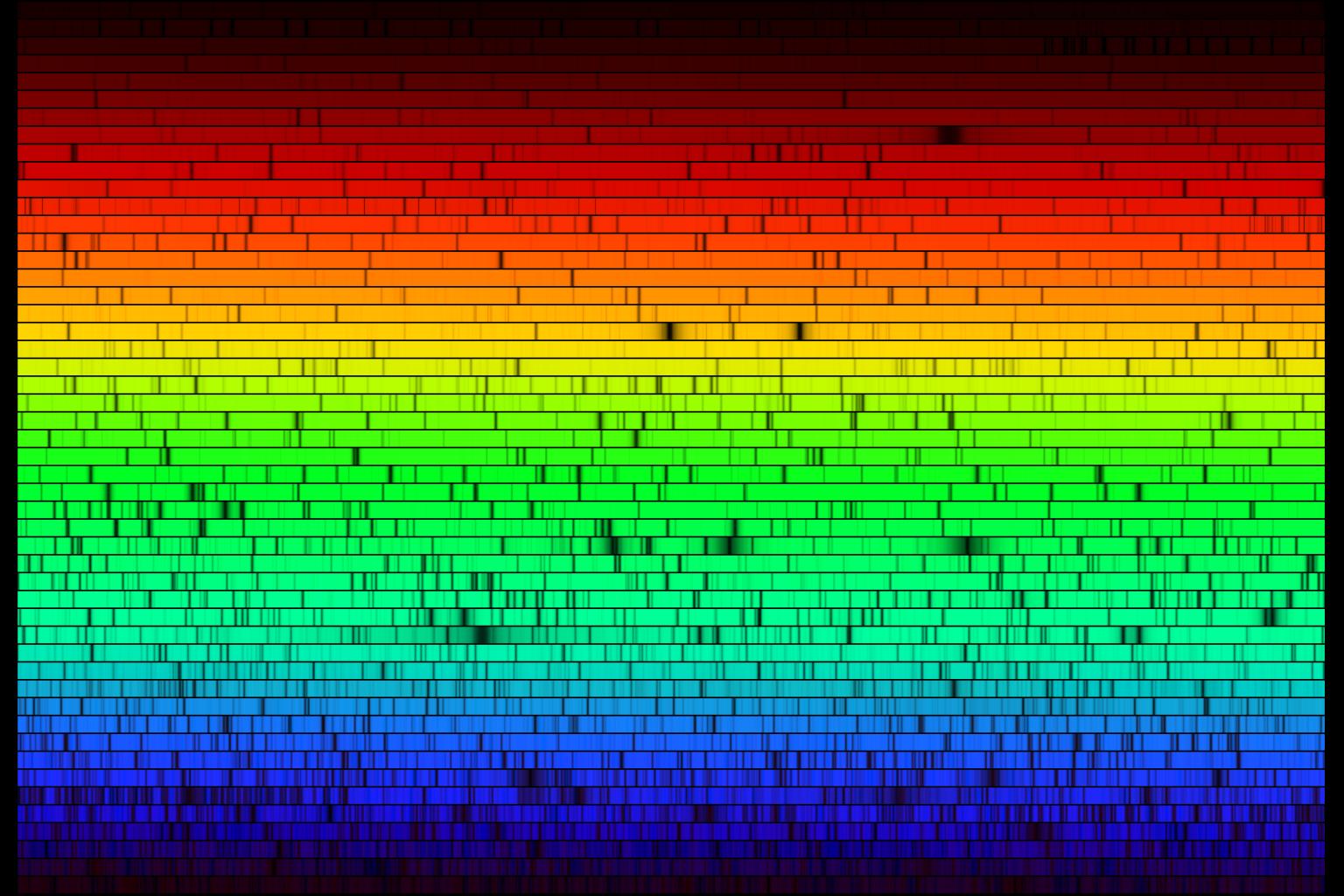 Astronomical spectroscopy is the study of astronomy using the techniques of spectroscopy to measure the amplitude of electromagnetic radiation in a set of frequencies - including visible light, ultraviolet, X-ray, infrared, and radio waves – coming from stars and other celestial objects. Specifically, stellar spectra can reveal many properties of stars, such as their chemical composition, temperature, density, mass, brightness, or distance from Earth. This irradiance by stars can be used as an example of two physical phenomena relating to the quantized nature of energy: black-body radiation and spectral lines. The former behavior is described by Planck’s law, whereas the latter is explained by the photoelectric effect, for which Albert Einstein was awarded the Nobel Prize. Thanks to stellar irradiance, we know how heavy elements are generated from lighter ones in a nuclear process known as fusion. Moreover, stars also allowed us to deduce that the universe is expanding, which we observe as redshift from the stars in other galaxies.
Astronomical spectroscopy is the study of astronomy using the techniques of spectroscopy to measure the amplitude of electromagnetic radiation in a set of frequencies - including visible light, ultraviolet, X-ray, infrared, and radio waves – coming from stars and other celestial objects. Specifically, stellar spectra can reveal many properties of stars, such as their chemical composition, temperature, density, mass, brightness, or distance from Earth. This irradiance by stars can be used as an example of two physical phenomena relating to the quantized nature of energy: black-body radiation and spectral lines. The former behavior is described by Planck’s law, whereas the latter is explained by the photoelectric effect, for which Albert Einstein was awarded the Nobel Prize. Thanks to stellar irradiance, we know how heavy elements are generated from lighter ones in a nuclear process known as fusion. Moreover, stars also allowed us to deduce that the universe is expanding, which we observe as redshift from the stars in other galaxies.
In this project, we will write a computer program in Python that automatically finds the surface temperature of a star and the elements it is made of, using stellar irradiance data as the input. Our aim in this project is to get a general idea of the quantized nature of the universe, as well as the importance of the concept of frequency in understanding it. Moreover, we will compare our theoretical predictions to the data using fundamental machine learning techniques, mainly so-called linear regression.
Güney Işık Tombak
ETH Zürich, Switzerland
Guney is a Master’s Student at ETH Zürich on Electrical Engineering and Information Technology, with a specialization in Machine Learning and Signal Processing. Previously, he graduated with an Electronics and Electrical Engineering / Physics Double Major from Bogazici University. Currently, he is interested in machine learning, specifically, graph neural networks. Moreover, he has been working on several physics-related projects where machine learning or other stochastic optimization methods can be used.
Can autonomous vehicles replace all human drivers?
 Artificial intelligence has surged in popularity in the last decade. It can be found in almost any computer, from the smallest (your cellphone) to the largest (Google). This increase in popularity can be attributed to several things, such as an increase in available computational power, simple yet flexible algorithms to teach artificial intelligence, and the availability of huge amounts of data to do so. But above all is the fact that artificial intelligence tends to outperform people at specific tasks, and those tasks are getting more and more complex as the field progresses. That is why it is expected that computers will be driving cars in the near future, not only reducing human-caused accidents but also reducing traffic congestion and increasing fuel efficiency.
Artificial intelligence has surged in popularity in the last decade. It can be found in almost any computer, from the smallest (your cellphone) to the largest (Google). This increase in popularity can be attributed to several things, such as an increase in available computational power, simple yet flexible algorithms to teach artificial intelligence, and the availability of huge amounts of data to do so. But above all is the fact that artificial intelligence tends to outperform people at specific tasks, and those tasks are getting more and more complex as the field progresses. That is why it is expected that computers will be driving cars in the near future, not only reducing human-caused accidents but also reducing traffic congestion and increasing fuel efficiency.
The goal of this project is to put these expectations to the test with a simple model of a car, its surroundings, and the artificial intelligence that will drive it. We will discuss the strengths and weaknesses of the model, implement it, and train a neural network to drive the car in different traffic conditions and obstacle paths. We will test the performance of different neural network architectures to see how they might outperform human drivers. Finally, we will test the possibility of using only one neural network to conduct all traffic and see if this significantly improves upon the results of individual artificial intelligences.
Noam Abadi
University of Groningen, Netherlands
Noam is a PhD student at the University of Groningen in the Netherlands combining concepts from physics to the study of complex networks, especially the interaction of social, environmental and economic systems through computational and statistical methods. He enjoys programming and solving puzzles, as well as learning new things (especially if it gives a different perspective on the world), travelling to new places and riding a bike or taking a walk, camping and spending time with dogs.
